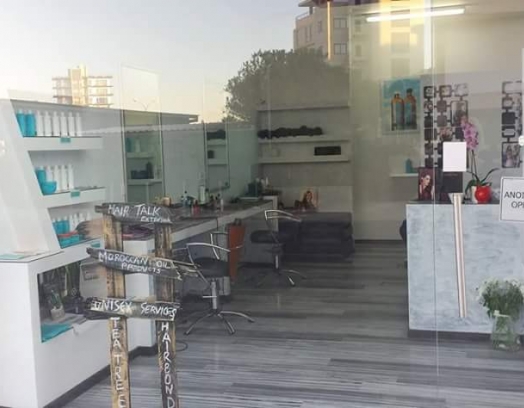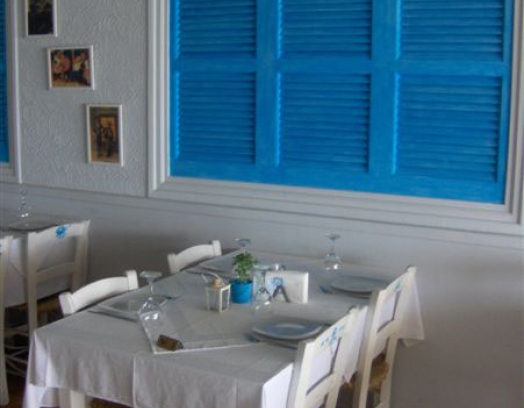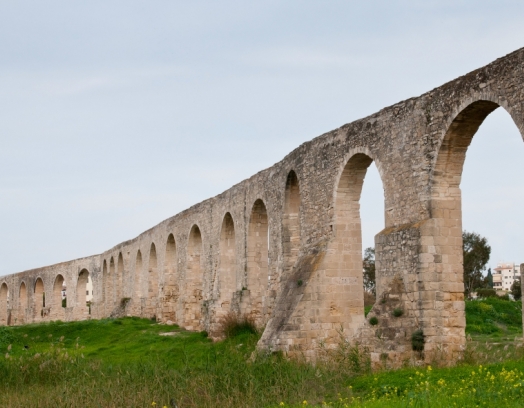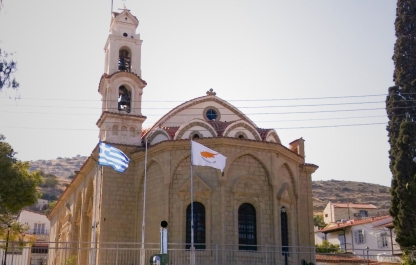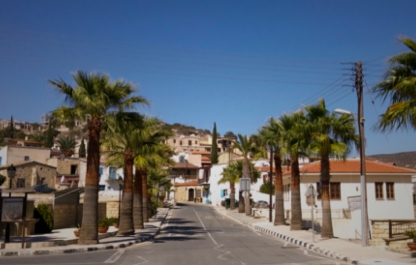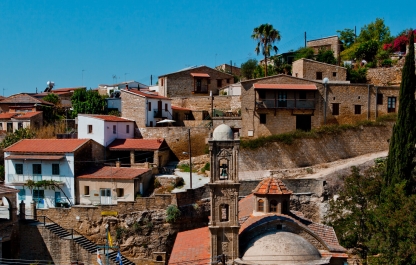Khirokitia is one of the most important and best preserved ancient settlements of the Eastern Mediterranean. It is located between Larnaca and Limassol.
Several houses have been completely restored to their original shape so that visitors can experience authentic household life of ancient Cypriots.
The settlement was discovered in 1934 by Porphyrios Dikaios and has been awarded the status of a UNESCO World Heritage site. It dates back to the Neolithic Age and sits atop a slope of a hill in the valley of the Maroni River, about 6 kilometers from the southern coast of the island. Scientists say that residents of this ancient settlement used to live in round houses built with sun-dried earth brick. They were mostly farmers and herders.
Khirokitia is an unusual settlement. It is a prototype of a city with a unified architectural complex that includes residential as well as utility facilities, a massive wall that separated it from the outside world, and a staircase with three flights of steps connecting the bottom of the hill to the top. The archeological dig uncovered 48 buildings, which is still a small number compared to a typical settlement of that period which averaged about a thousand buildings.
In the year 6000 BC the residents of Khirokitia abandoned their homes and the island altogether for unknown reasons. Cyprus remained uninhabited for 1500 years after that.



